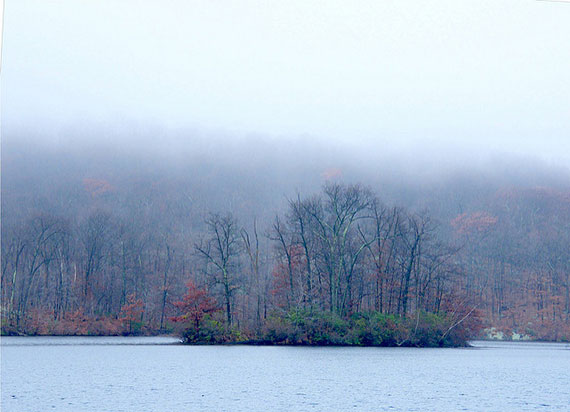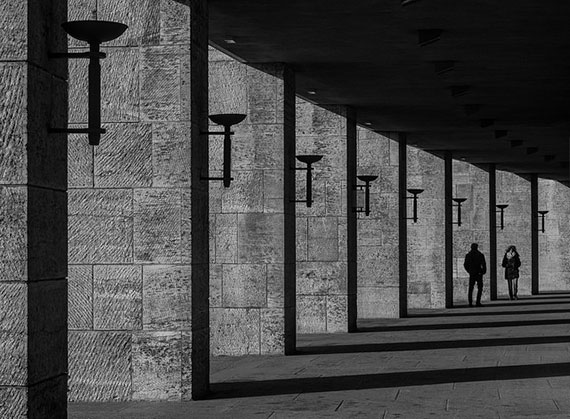Refined photography uses distinct lighting strategies. Knowing what to look for is essential when the goal is a unique and artistically stylized photograph. To be creative you have to know the basics. Creating a foundation from which to build on your basic expertise requires close attention, experimentation, patience, and passion for your media. Photography sets the tone for many moments in time and is a representation of merriment, beauty, nature, perseverance, growth, knowledge, resistance, change, and many other aspects related to a viewer’s perception. Choosing the right lighting strategy in a photograph sets the right mood to enhance perceptions and deliver stronger messages.

Photo by Stanley Zimny
Here are some photography lighting strategies that will help differentiate your photos from mediocre snapshots and will help you master key fundamentals in no time at all:
- Projecting a wider light source generates a softer light and subdues shadows. Casting a narrower light generates a harder light and sharper shadows. The wider light source diffuses the scene de-emphasizing shadows, textures, and contrast. The narrower light can enhance features by creating sharper shadows, increasing contrast in color, shape, and form, and accentuating textures to give them a three-dimensional look.
- Diffusion disperses a light source, making it wider and softer. Clouds are a perfect example of a natural diffuser. When a cloud covers the sun’s natural light, it softens a shadow’s crispness. Three types of diffusion are clouds, overcast skies, and fog.
- Intentionally bouncing or directing a light source pointed toward a matte surface such as a ceiling or a white wall can also act as a diffuser. The light will spread and cover a wider area.
- The light’s distance from the subject determines how soft or hard the light will be. When the light is closer to the subject matter, it is wider and creates a softer light source. When the light source is farther away, it is narrower and harder.

Photo by Georgie Pauwels
- Shadows create form. They give the subject a three-dimensional perspective by creating and increasing the intensity between highlights, midtones, and shadows. Adding shadow intensity through lighting strategies makes your subject an object in space rather than a shape on a two-dimensional plane.
- Fall off occurs when you place the light source a long distance away from the subject. The light source gets dimmer on the subject, and you can vary the amount of light the subject is receiving, thereby creating more artistic photos. The effects of light fall off can be used to vary the intensity or relationship between the subject and the background. A closer light creates more contrast between the subject and the background, while a more distant light makes the background brighter and less contrasting from the subject.
- Subject to background harmony makes the picture believable. All the lighting in the world won’t help a scene that doesn’t connect with the viewer. Make sure your background ties to your subject matter and the message you’re trying to portray while enhancing the event or point in time.
About the Author
Gabriela Dare is a designer based in the Detroit area.
Like This Article?
Don't Miss The Next One!
Join over 100,000 photographers of all experience levels who receive our free photography tips and articles to stay current:






Getting lighting right also really helps with black and white photography.
Thank you.
Useful info, very essential for great photos actually!